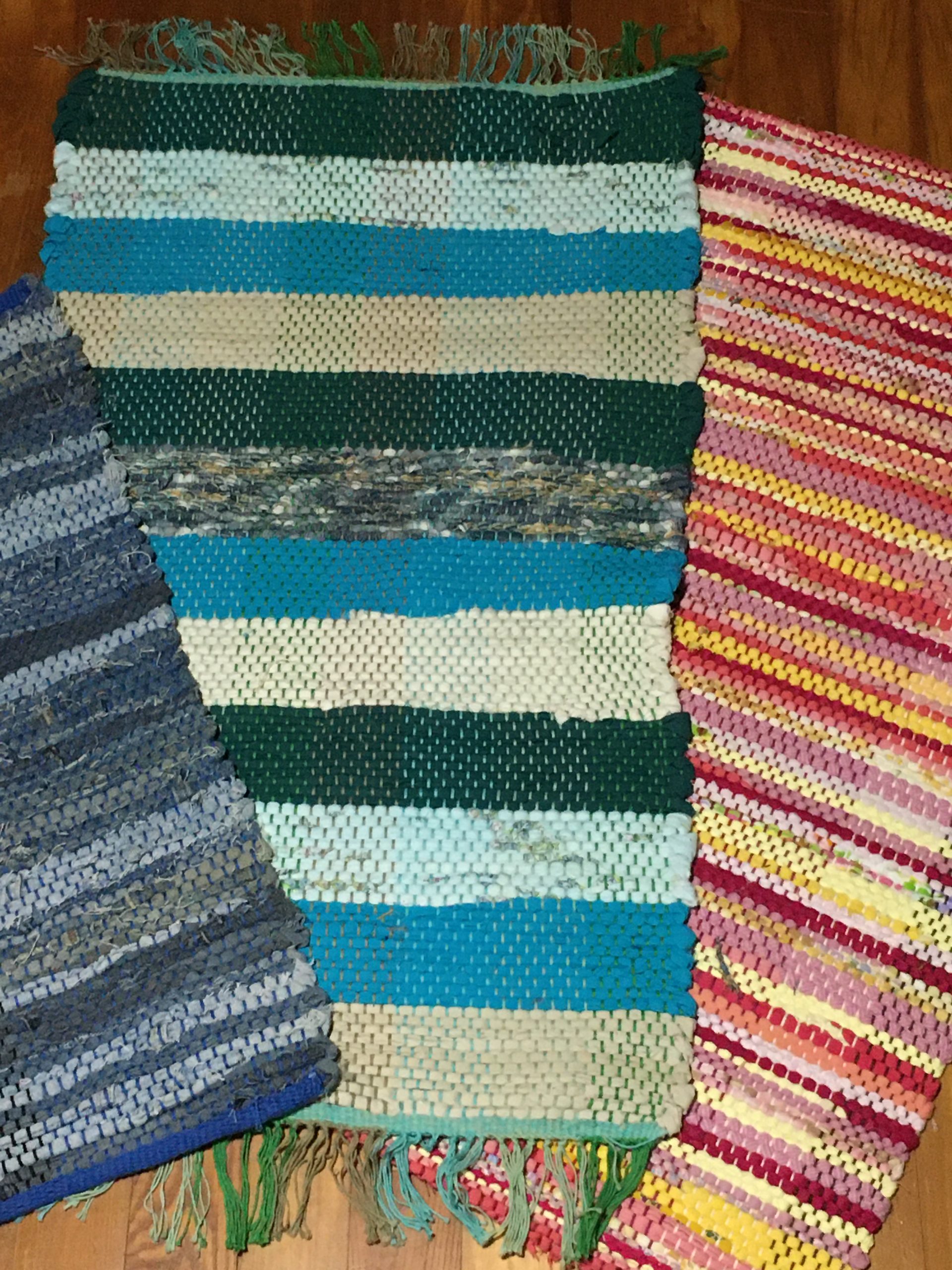Double-Bottomed Bushel Basket
Adirondack Folk School 51 Main St., Lake Luzerne, NY, United StatesThis is a great class for a first-time weaver, as well as for those who would like to learn some new weave patterns to create a unique piece. A variety of techniques will be discussed, including arrow weave and four-rod wale, as well as the use of color to create pattern. Students will begin by weaving a double-bottomed twined base. As they weave up the sides with the stop-start method, students may then choose to incorporate a variety of color and pattern which interests them. The basket is finished with a pair of leather handles made during class. With a double-bottomed base, this is a very sturdy and functional basket, as well as uniquely yours. Dimensions approx. 10" diameter, 8" high.







